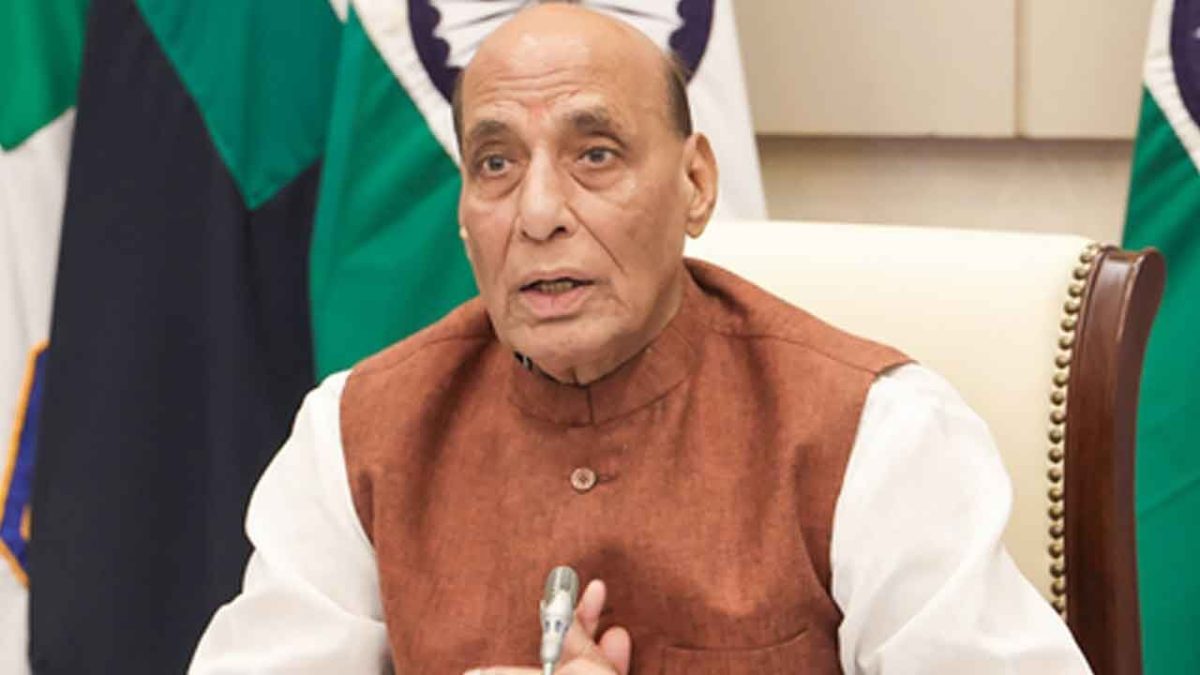Defence Minister Rajnath Singh has approved the revised Defence Procurement Manual (DPM) 2025, a landmark step aimed at streamlining and expediting the revenue procurement process for the Armed Forces. The updated manual, coming after more than 15 years, is expected to strengthen India’s military preparedness while advancing the government’s vision of Aatmanirbhar Bharat in defence manufacturing.
The DPM 2025, which regulates procurements worth nearly ₹1 lakh crore under the Revenue Head, focuses on simplicity, transparency, and fairness in defence acquisitions. It also aims to empower the domestic industry, including MSMEs, start-ups, and academia, by promoting innovation, indigenisation, and joint R&D with Defence Public Sector Undertakings (DPSUs).
Key highlights of the new manual include:
- Ease of Doing Business: Relaxed contract provisions, reduced penalties, and supportive financing options for industries to address working capital challenges.
- Boost to R&D: Special provisions to encourage in-house design and development in collaboration with IITs, IISc, private firms, and young innovators.
- Industry Incentives: No Liquidated Damages (LD) during prototype development, capped LD at 5% (10% in extreme delays), and assured guarantee of orders for up to 5–10 years.
- Faster Decision-Making: Competent Financial Authorities at lower levels empowered to grant delivery extensions and take decisions without higher-level approvals.
- Operational Readiness: A 15% upfront growth provision for repair/refit of aerial and naval platforms to reduce downtime of critical assets.
- Level Playing Field: Dispensing with the requirement of NOCs from DPSUs, ensuring tenders are awarded on a competitive basis.
The new manual is aligned with the Ministry of Finance’s procurement guidelines and introduces a dedicated chapter on innovation and indigenisation. It also streamlines Government-to-Government procurements for high-value defence deals.
Officials said DPM 2025 will not only ensure timely availability of critical resources for the Services but also foster jointness among the Army, Navy, and Air Force, making India’s defence ecosystem more robust, transparent, and industry-friendly.













